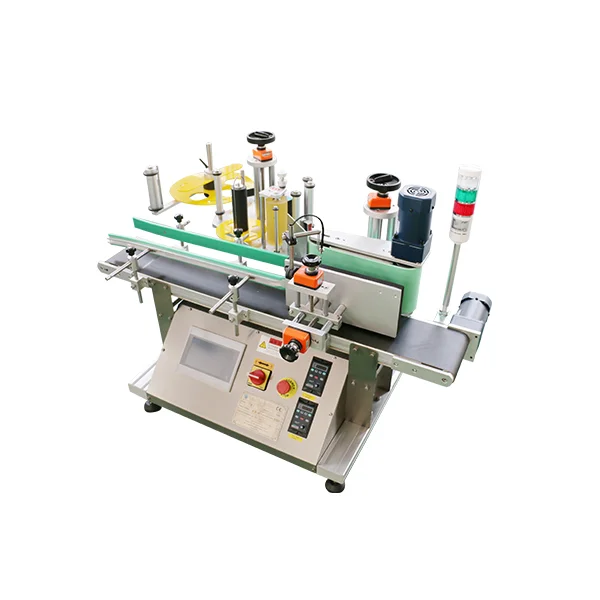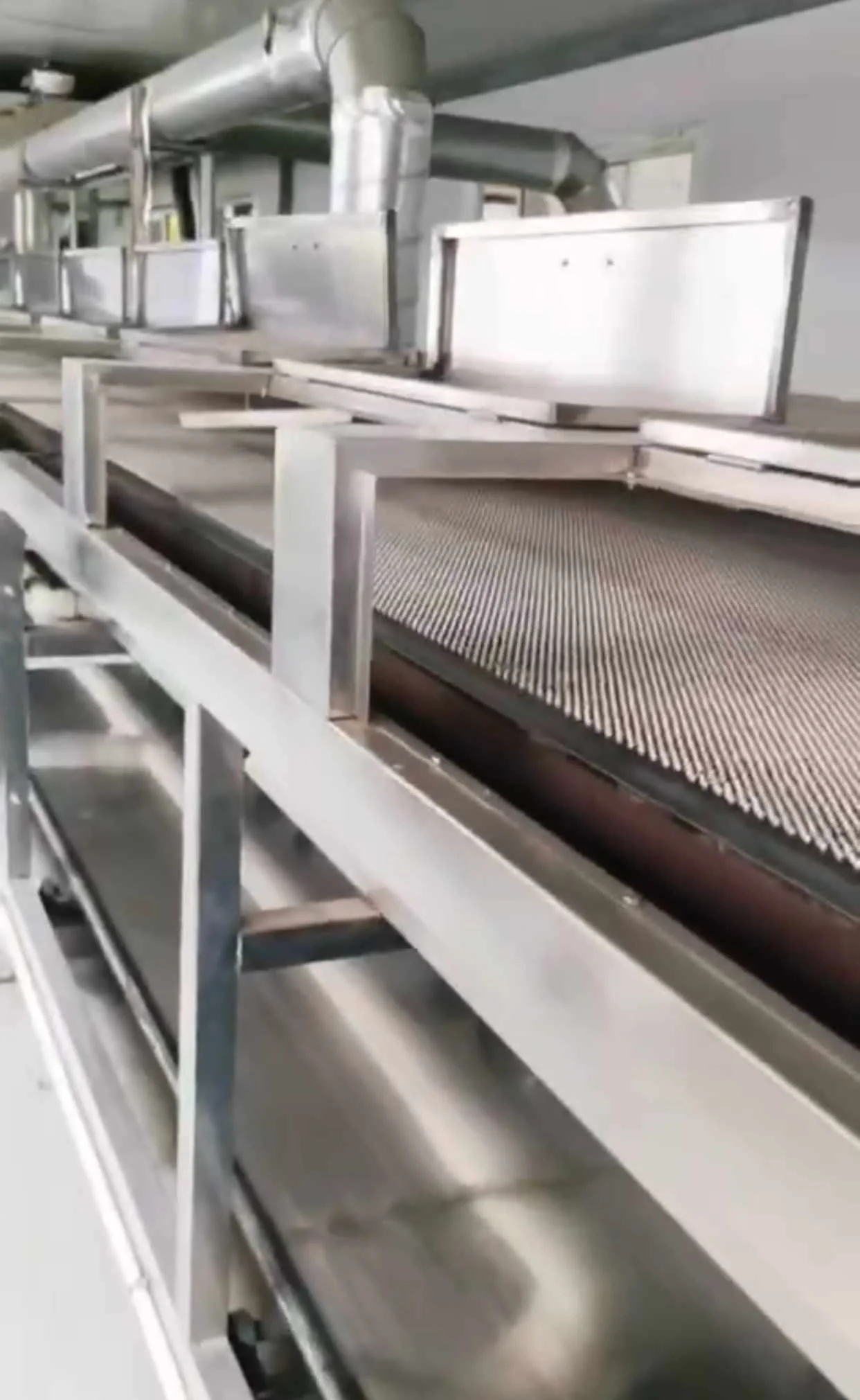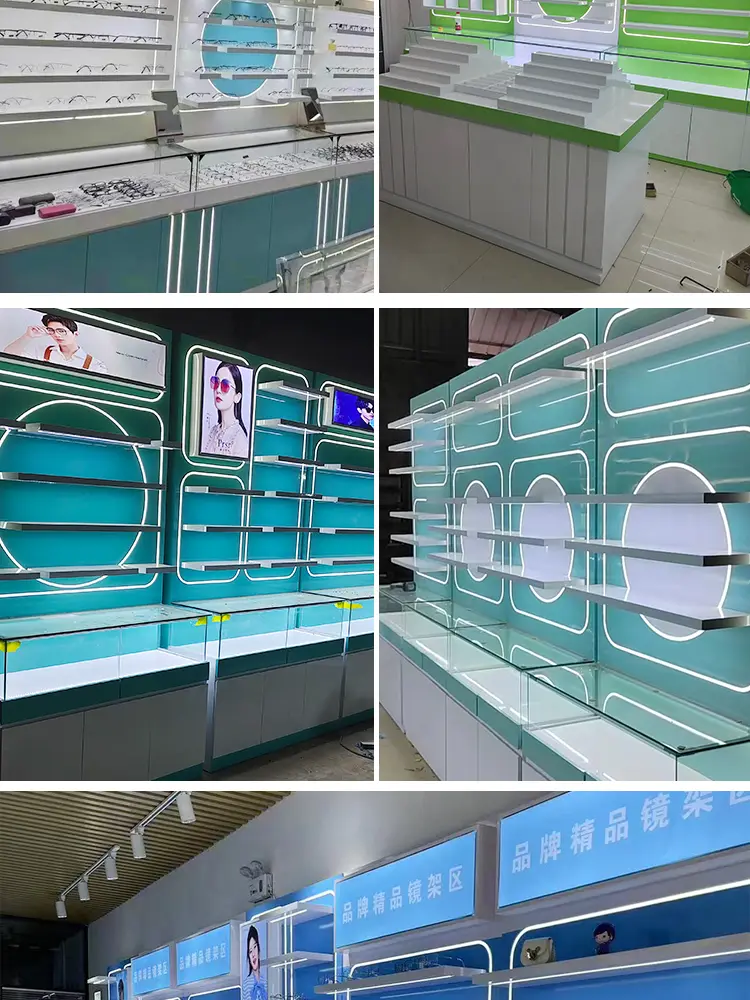In today's fast-paced world, food packaging plays a crucial role in ensuring the safety and quality of the products we consume. With increasing concerns about foodborne illnesses and environmental sustainability, it is essential to understand what food packaging is safe. This blog post aims to provide a comprehensive guide to safe food packaging, covering various aspects and considerations.
- Understanding Food Packaging Materials:
Food packaging materials can vary widely, and their safety depends on several factors. It is important to consider the following materials commonly used in food packaging:
a) Plastics: Different types of plastics, such as polyethylene terephthalate (PET), high-density polyethylene (HDPE), and polypropylene (PP), are widely used. Ensure that the plastics used are food-grade and comply with regulatory standards.
b) Metals: Aluminum and tin-plated steel are commonly used for cans and containers. Look for packaging materials that are free from harmful coatings or linings.
c) Glass: Glass packaging is inert and does not interact with food. It is a safe option, but ensure that there are no cracks or chips that could compromise food safety.
- Packaging Safety Regulations and Certifications:
To ensure food packaging safety, various regulations and certifications are in place. Familiarize yourself with the following:
a) FDA Regulations: The U.S. Food and Drug Administration (FDA) sets guidelines for food packaging safety, including the use of food additives and colorants.
b) EU Regulations: The European Union has stringent regulations, such as the Framework Regulation (EC) No 1935/2004, which ensures the safety of materials in contact with food.
c) ISO Certifications: Look for packaging manufacturers that comply with ISO 22000 (Food Safety Management System) and ISO 9001 (Quality Management System) certifications.
- Considerations for Safe Food Packaging:
When evaluating the safety of food packaging, consider the following factors:
a) Barrier Properties: Packaging should provide an effective barrier against moisture, oxygen, light, and other external factors that can compromise food quality and safety.
b) Migration Testing: Ensure that the packaging materials have undergone migration testing to determine if any harmful substances leach into the food.
c) Recyclability and Sustainability: Opt for packaging materials that are recyclable, biodegradable, or made from renewable resources to minimize environmental impact.
d) Labeling and Information: Packaging should provide clear and accurate information about the product, including ingredients, allergens, nutritional values, and proper storage instructions.
- Emerging Trends in Food Packaging Safety:
Stay updated with the latest advancements in food packaging safety, such as:
a) Active Packaging: This technology involves incorporating additives or materials that actively interact with the food to extend shelf life and enhance safety.
b) Intelligent Packaging: Utilizing sensors and indicators to monitor and communicate information about the food's freshness and safety.
c) Nanotechnology: Nanomaterials are being explored for their potential to improve packaging properties, such as antimicrobial activity and barrier performance.
Conclusion:
Ensuring food packaging safety is crucial for protecting consumer health and maintaining product quality. By understanding the different packaging materials, regulations, and considerations, we can make informed choices and contribute to a safer and more sustainable food industry. Stay updated with emerging trends to embrace innovative packaging solutions that prioritize both safety and environmental responsibility.



